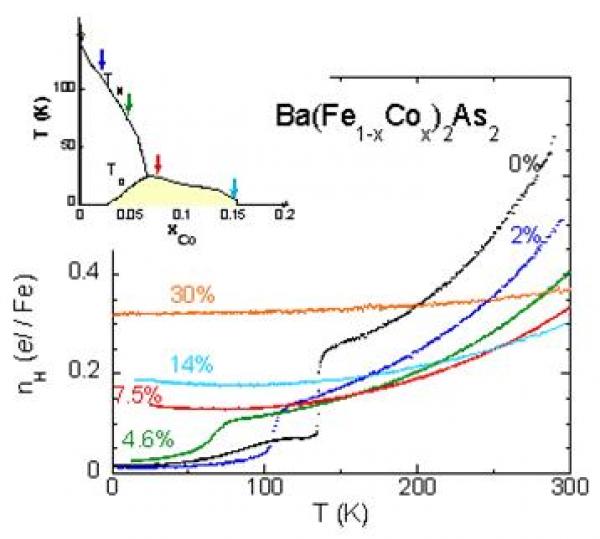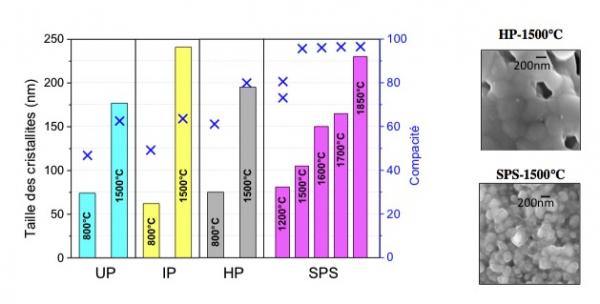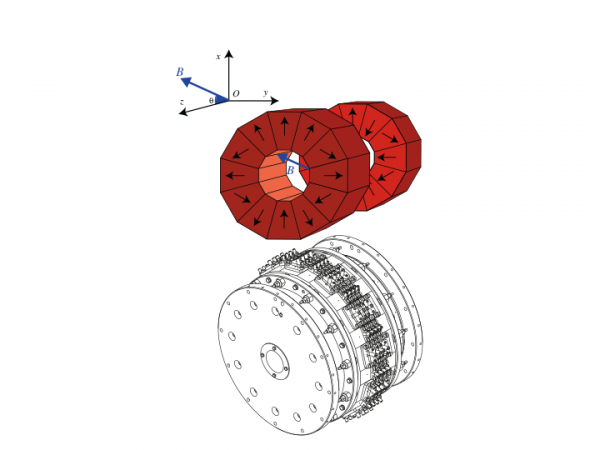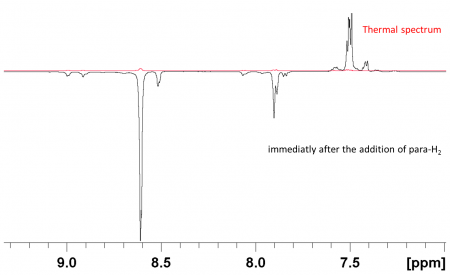2013
We use time-resolved fluorescence spectroscopy from the femtosecond to the nanosecond time scales to study the dynamics of the interaction between various types of drugs (anti-inflammatory, antitumor, antidiabetic..) and biomolecules (DNA, G-quadruplexes, aninoacids, glycogen…).
These studies are performed in the frame of SLIC/LaserLab Europe in collaboration with colleagues from Germany, Spain, Italy and Greece.
Head of the Team: Lionel Poisson
This team is interested in the ultrafast reaction dynamics of perturbed systems (on the 10fs to 100 ps timescale). Initially devoted to isolated species (gas phase), this laboratory is more and more interested in more complex systems clause to the condensed phase: radicals, microsolvated molecules, nanoparticles,…
The goal is to characterize the whole dynamics of a defined system, investigating the relaxation dynamics of all its electronic structures. This is called the “dynamic mapping” of the molecule. The understanding of the results collected goes through theoretical calculations. At least the local environment of the chromophore has to be evaluated by molecular dynamics calculations. Since the photoelectron spectroscopy is used both for the dynamics and spectroscopic investigations, knowing the electronic and vibrational spectroscopy of the ion is also requested.
Head of the team: Marc Briant/Marc-André gaveau
The general objective is to unravel through which mechanisms solvation affects the dynamics of reactions. Both reactions of electronically excited and ground state species are considered. Two set-up are used for this purpose:
Head of the team: Christian Angelié/Jean-Maïk Soudan
The general objective is to give a realistic numerical basis to fundamental concepts such as phase transition, chemical segregation and auto organization in Iron/Carbon systems, in relation with the CNT growth on iron catalysts. Novel algorithms and home-made codes are developed to treat of clusters carrying up to a few thousands of atoms. This work develops along two lines:
The multiband nature of the iron-based superconductors is a key factor to understanding their physical properties. We have performed a complete study of the charge transport in Ba(Fe1-xCox)2As2 single crystals, in connection with a determination of their electronic structures by photoemission experiments.
In the new Fe-based pnictide superconductors discovered in 2008, the appearance of high-Tc superconductivity in close proximity to the antiferromagnetic phase has been taken as the signature of unconventional superconductivity. It seems now well established that magnetism and superconductivity are directly connected to the peculiar features of the electronic structures of these compounds, which are characterized by small hole and electron pockets. The transport properties of the prototypical Ba(Fe1-xCox)2As2 have been studied throughout the electron doped phase diagram as fine tuning of Co content can be achieved in sizeable single crystals.
Sintering constitutes an important step in the production of ceramic materials. Whatever the nature of the ceramic material considered and its field of application (nuclear ceramics, fuel cell ceramics, etc.), one of its essential characteristics is its microstructure (size and shape of grains, distribution of porosity residual). The microstructure directly affects the physico-chemical properties of the material.
We have examined the role of sintering conditions on La1.95Sr0.05Zr2O6.975 material, considered as a promising proton-conductive fuel cell electrolyte [1]. Conventional sintering methods (UP Uniaxial Drying, IP Isostatic Pressing, HP Hot Pressing) lead to the production of low density pellets (relative densities in the range 46% to 78%) with consequent increase of crystallite size (75-235 nm). In addition, X-ray diffraction experiments and ion beam analyzes revealed a surface decomposition of the pellets obtained through conventional methods (Figure 1). The flash sintering method (SPS Spark Plasma Sintering) made it possible to obtain totally densified pellets (96%) with a crystallite size of the order of one hundred nanometers. Figure 2 shows the crystallite sizes (calculated from Williamson-Hall's law) and the densities obtained for each of the sintered pellets.
Heterogeneous samples are usually studied using solid-state NMR methods and while the sample is spinning at the magic angle. This is problematic for many cases, where the sample cannot be spun, as in MRI. The alternative methodology of spinning the magnetic field around a static sample has been proposed since the 60's, but not yet successfully applied. Our goal is to develop the methodology and the instrumentation in order to perform magic angle field spinning and answer questions related to the monitoring of metabolism in living matter as well as the structure and function of complex systems like batteries, porous media and fuel cells.
The parahydrogen induced polarization (PHIP) method is based on the non-Boltzmann distribution of nuclear spin states following the hydrogenation of a substrate by parahydrogen. Absorptive and/or emissive NMR signals can be greatly enhanced, up to several orders of magnitude as compared to thermally polarized molecules.
The research in this field is part of the expertise of LSDRM in its effort to increase NMR sensitivity.
Dihydrogen, initially made of 1/4 of parahydrogen and 3/4 of orthohydrogen, a proportion that does not induce any hyperpolarization, is cooled to -196°C in the presence of a ferric catalyst, thanks to an home-made apparatus. The resulting gas contains about one half of parahydrogen, and may be use to obtain hyperpolarized spectra.
A first example: the method named "signal amplification by reversible-exchange" (SABRE) is used here to increase the aromatic signals of N,N-dimethylnicotinamide. In SABRE, a catalyst reversibly binds dihydrogen and the aromatic molecule.















